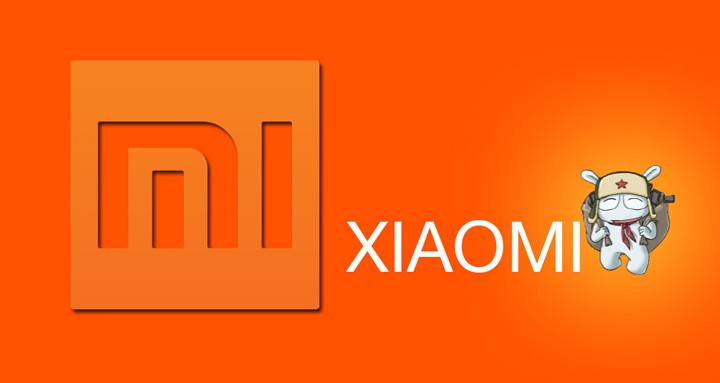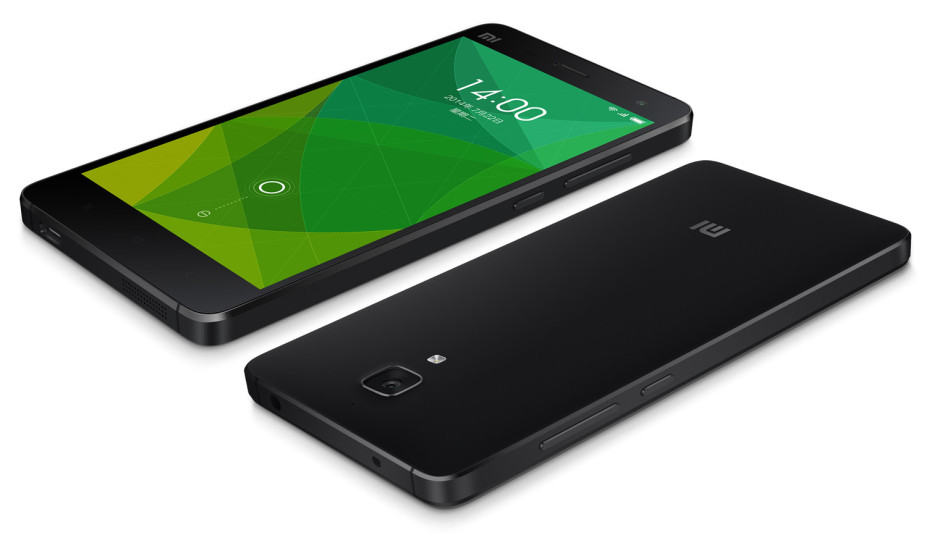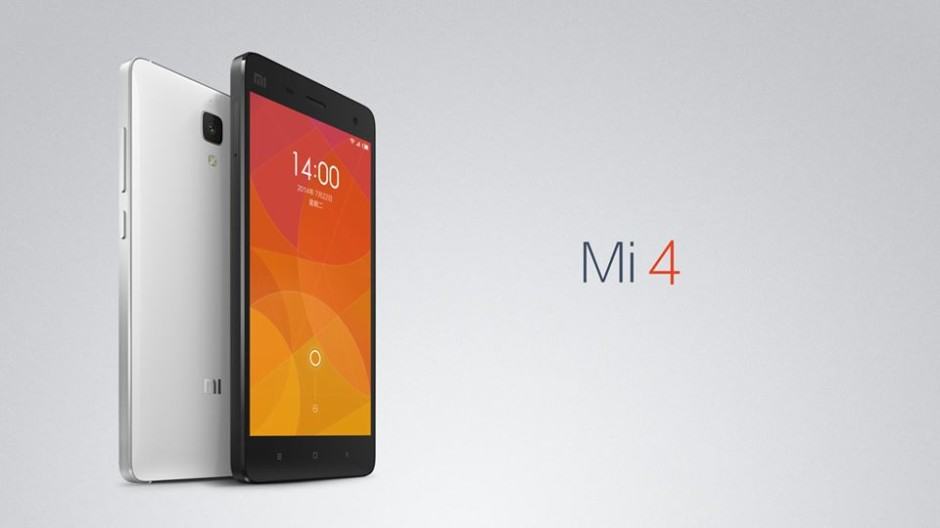Everything you need to know about Xiaomi

Xiaomi has been in the news for all the right and the wrong reasons lately. The company recently expanded its operations to India and unveiled its latest flagship handset — the Mi 4. However, for a company this big, Xiaomi has little presence outside of Asia, which has led many people to dismiss it as just another Chinese OEM.
In case you are one of those people, read below to find out about more Xiaomi and why you should not write it off as just another Apple wannabe.
What is Xiaomi? Who is behind it?
Xiaomi, pronounced Shao-mi, means “little rice” and has eight co-founders including some of the richest people of China. However, its most popular public figure, at least outside of China, is Hugo Barra.
He was recently employed by the company as its vice-president and has played a key role in the company’s expansion outside of China. Hugo was earlier the vice-president of Android Product Management at Google and hosted the launch event of the Nexus devices.
The company released its first smartphone in August 2011, and in just three years it is all set to enter the list of top 10 smartphone makers in the world — which is no small feat by any means.
Xiaomi is also behind the popular MIUI ROM, which is known for its extremely beautiful UI that can even give iOS a run in the visual department.
The Chinese Apple

Xiaomi is popularly referred to as the “Chinese Apple” by many. Not only do its products have designs that are eerily similar to Apple’s, but the company’s work culture is also a blatant rip-off of it. Xiaomi’s CEO and chairman, Lei Jun, is heavily inspired from Steve Jobs and even shows up at the company’s launch event wearing a jeans and t-shirt akin to Steve Jobs.
In fact, at the recent unveiling of the Mi 4, the company used the “One more thing” slide in its presentation for which Steve Jobs was popularly known for. You can read more examples of Xiaomi blatantly copying Apple here.
What does it sell?

Besides smartphones, Xiaomi also sells power banks, accessories for its smartphones, TVs, routers and a set-top-box (MiBox). It also has its own chat messaging application MiTalk, which is pretty popular in China.
The reason behind the company’s success is that it sells its devices at an extremely low-price. For example, its recently unveiled flagship — the Mi 4 — sports top-of-the-line specs and yet it costs a measly $400 for the 64GB variant, which is less than half of what the iPhone 5s retails for. The company follows a similar strategy for all its other products as well. Its 10,400mAh Power Bank is sold for a ridiculously low price of RM36 (roughly $12).
All Xiaomi phones are pre-loaded with MIUI and other apps from the company. Outside of China, the company also ships its phones with Google’s suite of apps and services.
How is the company making profit then?
Unlike Samsung, HTC and Apple, Xiaomi sells its smartphones and other products at nearly its bill-of-material cost. The company sells the smartphone for the same price for at least 18 months, which allows it to earn slight profit down the line.
The company has kept its overhead cost at bay by only selling its product via its online retail stores. It does not make use of the traditional advertising medium as well and instead relies heavily on social media and word-of-mouth publicity.
Another trick employed by the company is to sell only a limited amount of units of any of its product at any given point. This helps it in marketing as well as in keeping its production cost low. For example, the company recently started selling the Mi 3 in India for only $220 and the handset sold out within 5 seconds of going on sale. The catch? The company only had 20,000 units for sale.
While Xiaomi is an Apple rip-off and a “Chinese” OEM, the company does make some excellent products which is what ultimately matters. With the company making moves to expand to other regions of the world, you are bound to come across a device from the company sooner rather than later.


